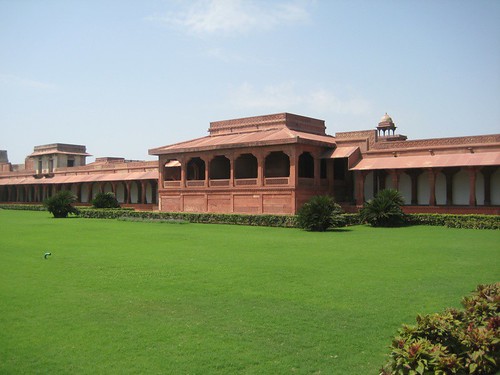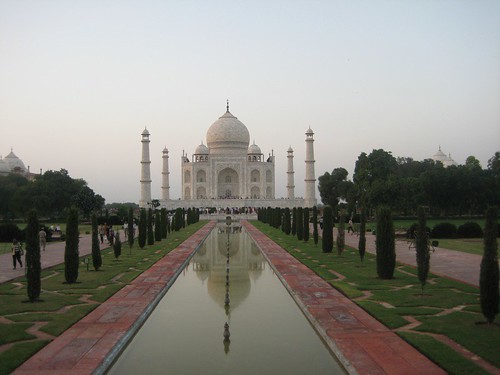Currently most consumption goes on in public, separate from a meal. Ad campaigns are trying to widen common used of Coke from a treat while out to something to be enjoyed at home, using special occasions as a route into the home. This has been difficult because India has many different subcultures with their own food and drink traditions that are very difficult and slow to change. On the upside, Cokes target market in India is 12-35 year olds, and 10% of the world is an Indian under 25. This gives them time to work and change perceptions. Currently operations are focusing on getting current product offerings accepted, although there has been some experimentation with different fruit flavors under the Fanta brand.
Coca Cola has faced many interesting challenges in the Indian market over the years, which have lead to innovative methods for coping. As a large, well known, United States based company, they are a lightning rod for criticism from environmentalists, communists, anti-U.S. and anti-western groups. Some of the precautions taken to disarm these groups include maintaining a low-key headquarters (the logo does not appear anywhere outside the building), and engaging with critics in dialog when the critic is willing.
At times NGO’s have used Coke as a target when they did not want to engage, but only wanted a large, very public scapegoat. This happened in 2003 when a librarian, working for an environmentally focused NGO publicly accused Coca Cola of having too much pesticide in its products. The group was clearly uninterested in talking to coke to solve the alleged issue, so Coke ignored her because they would always come off as the villain for taking on a librarian in court for liable. Instead they sent out products for testing, and proved that Coke products in India met European safety standards for pesticide, no more than 9 parts per billion. A cup of tea in India has 50,000 times as much pesticide as a coke product.
Other challenges have included accusations that Coke takes too much water to make its products (it takes 2.7 liters of water to make a liter of Coke). Coke has mitigated this by working to recycle water in bottling plants and provide rainwater reclamation projects in areas affected by their plants. Coke is also in the process of attempting to see that all the bottles they send out make it into recycling plants at the end of their lives, especially as the 200 ml glass bottles can be washed and refilled, saving production costs.
--Jon Nunnally
















